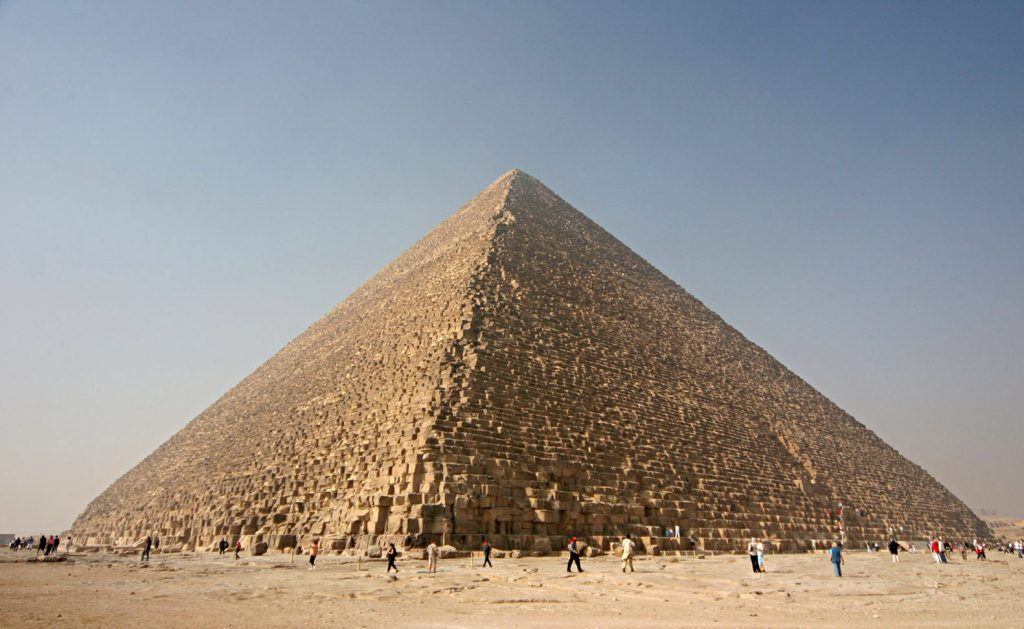
Great Pyramid of Giza – Egypt
The oldest and last existing Seven Wonders of the Ancient World, construction began on the pyramid around 2560 B.C. It’s also the largest of the three pyramids located on the Giza pyramid complex. The Great Pyramid was built over a 10-20-year period as a tomb, based on markings on an interior chamber referencing fourth dynasty Egyptian Pharaoh Khufu. Originally standing at 481 feet tall, it was the tallest man-made structure in the world for more than 3,800 years. Due to erosion, it now stands about 455 feet tall. There are three known chambers on the inside – one that was built underground, the King’s Chamber, and the Queen’s Chamber. An estimated 2.3 million blocks were used to construct the pyramid, as well as 5.5 million tons of limestone, 8,000 tons of granite, and 500,000 tons of mortar. The workmanship of the Great Pyramid is surprisingly accurate, as the four sides of the base have an average error of only 58 millimeters.
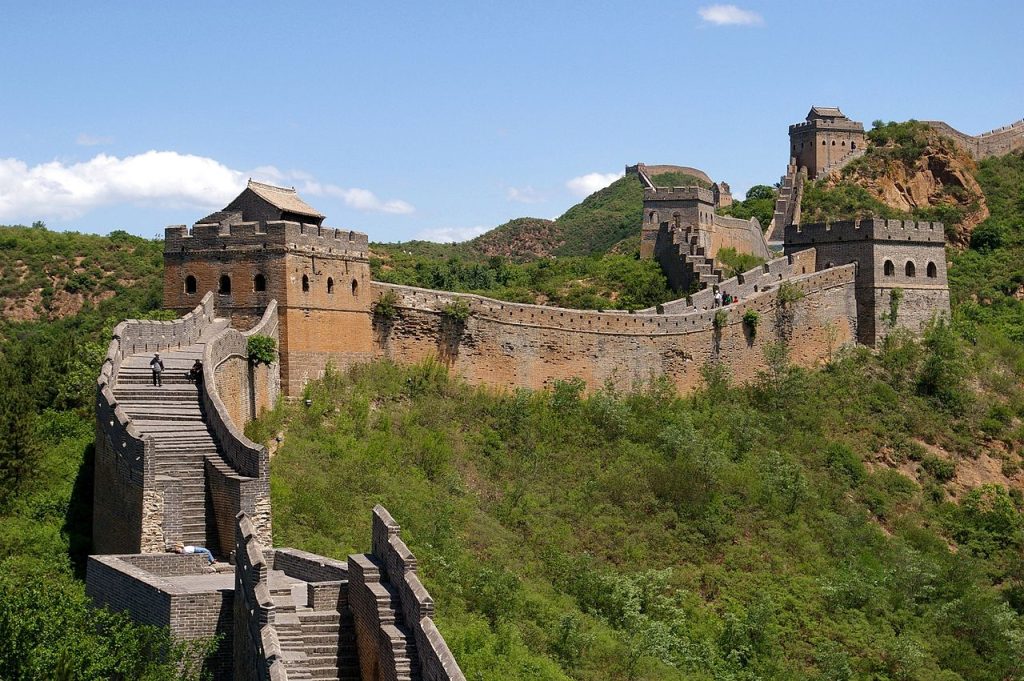
Great Wall of China – China
This project was built over many centuries, by many dynasties, in many different sections. The first walls opened in 206 B.C. Including all corridors, branches, sections, etc., the wall measures more than 13,000 miles. It’s built along an east-to-west line across the northern borders of China to protect against raids and invasions. Other uses include border control, regulation of trade, and regulation of immigration and emigration. Some of its defensive features include watch towers, barracks, signaling capabilities, and a transportation corridor. Though it is still a great marvel today, many sections have been destroyed due to local construction, vandalism, and erosion. And that myth about being able to see it from space? Not true.
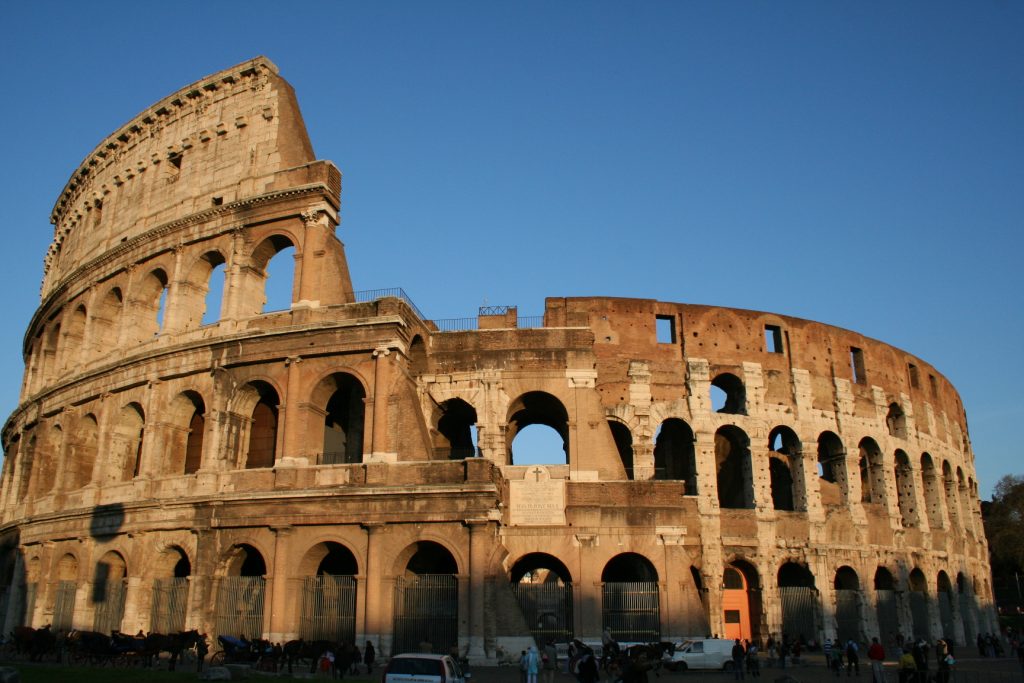
Colosseum – Rome, Italy
Construction started on this project in 72 A.D. and is the largest amphitheater ever built. Made of sand and concrete, it was completed in 80 A.D. and could hold between 50,000-80,000 spectators in its prime. The base area of the Colosseum is about six acres and the outer wall is made up of about 3.5 million cubic feet of stone set with mortar and held together by 300 tons of iron clamps. It was used for gladiatorial contests, mock sea battles, animal hunts, executions, re-enactments of battles, and more. In its later years, the Colosseum was used for housing, workshops, a fortress, a quarry, and a Christian shrine. Over the years, it’s been partially ruined by earthquakes, fires, and stone robbers. A particularly devastating earthquake in 1349 caused the outer south side of the building to collapse. The deterioration over time led to a restoration program from 1993-2000, costing about $19.3 million. The first full cleaning and repair has taken place over the past few years.

Machu Picchu – Peru
Built around 1450, it’s an Inca site located on a mountain ridge above the Sacred Valley. Archaeologists believe it was built as an estate for the Inca emperor Pachacuti. More than 200 buildings sit atop the mountain. Because of nearby fault lines, the area was vulnerable to seismic activity, so mortar wasn’t used during construction. Instead, stones from a natural quarry were used and shaped to fit together perfectly. It was eventually abandoned during the Spanish Conquest, just a century after it was built. It then remained largely unknown to outsiders before it was brought to the attention of American historian Hiram Bingham in 1911. Since then, many buildings have been reconstructed and restoration continues today. In 1981, Peru declared about 125 square miles surrounding it a Historical Sanctuary. In 2007, it was voted one of the New Seven Wonders of the World. The United Nations Educational, Scientific, and Cultural Organization has considered putting it on its list of World Heritage in Danger list due to its growing popularity as a tourist attraction putting heavy physical burden on the site.
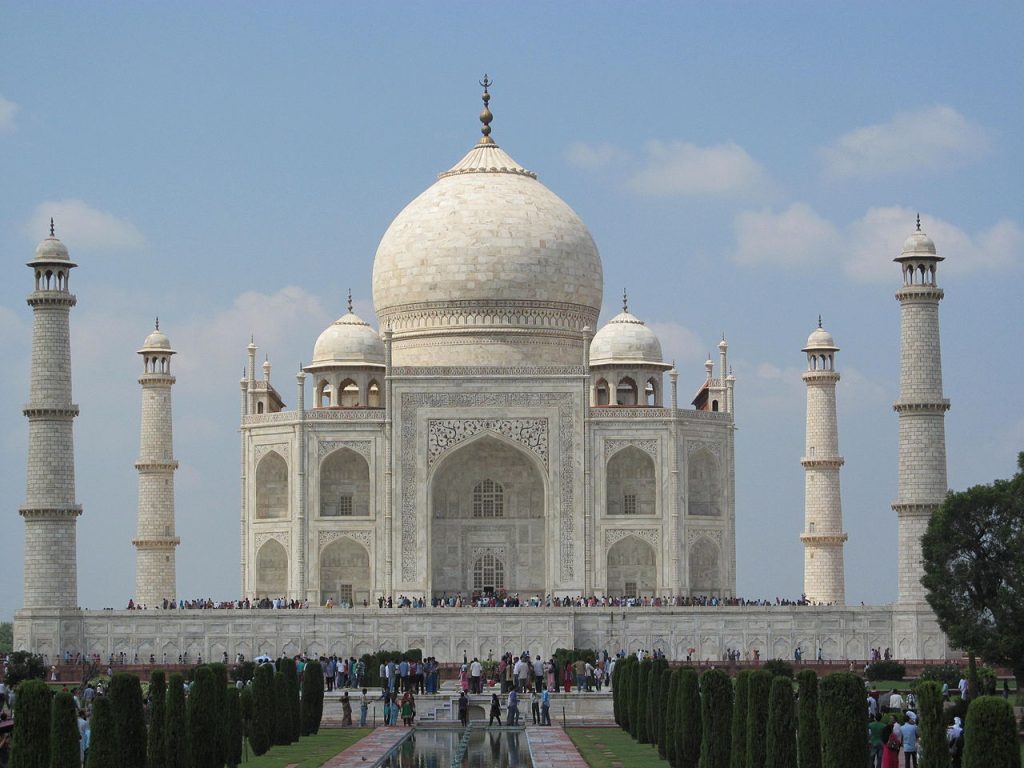
Taj Mahal – Agra, India
This marble mausoleum was mainly completed in 1643, though other phases were built over the next decade. Construction began in 1632 by Emperor Shah Jahan to house the tomb of his favorite wife Mumtaz Mahal, a Persian princess who died during the birth of their 14th child. It’s located on a 42-acre complex that includes a mosque, guest house, and many large gardens. Three sides are bordered by red sandstone walls, while the fourth side facing the Yamuna River is open. Other mausoleums on the complex include those of Shah Jahan’s other wives and one for the princess’ favorite servant. Taj Mahal’s most recognizable feature is the large dome that sits atop the tomb at about 115 feet tall. It’s believed that more than 1,000 elephants were used to transport materials such as white marble, jasper, jade, crystal, turquoise, lapis lazuli, sapphire, and carnelian for construction. In 2007, it was declared winner of the New Seven Wonders of the World.

Panama Canal – Panama
This 48-mile canal connects the Atlantic Ocean to the Pacific Ocean via the Caribbean Sea. It’s a key conduit for international maritime trade, greatly reducing the amount of time ships had to travel from one ocean to the other and helping ships avoid the dangerous route around Cape Horn, the southernmost tip of South America. It consists of artificial lakes and channels, three sets of locks, and another artificial lake that acts as a reservoir. France began work on the project in 1881, but stopped in 1889 due to engineering problems and the high mortality rate – 22,000 lives were lost, mainly due to yellow fever and malaria thanks to the thick jungle environment the canal was being built through. The United States took over construction in 1904 and a sanitation officer was appointed. Many measures were taken, such as city water systems, fumigation of buildings, spraying of insect-infested areas, installation of mosquito netting, and elimination of stagnant water, to cut down on the spread of deadly diseases. Though the mosquito-borne illnesses were nearly eliminated in a few years, still another 5,600 workers died. Work was completed in 1914 and traffic through the canal included about 1,000 ships per year. By 2008, traffic had risen to 14,702 ships. The American Society of Civil Engineers named it one of the Seven Wonders of the Modern World.
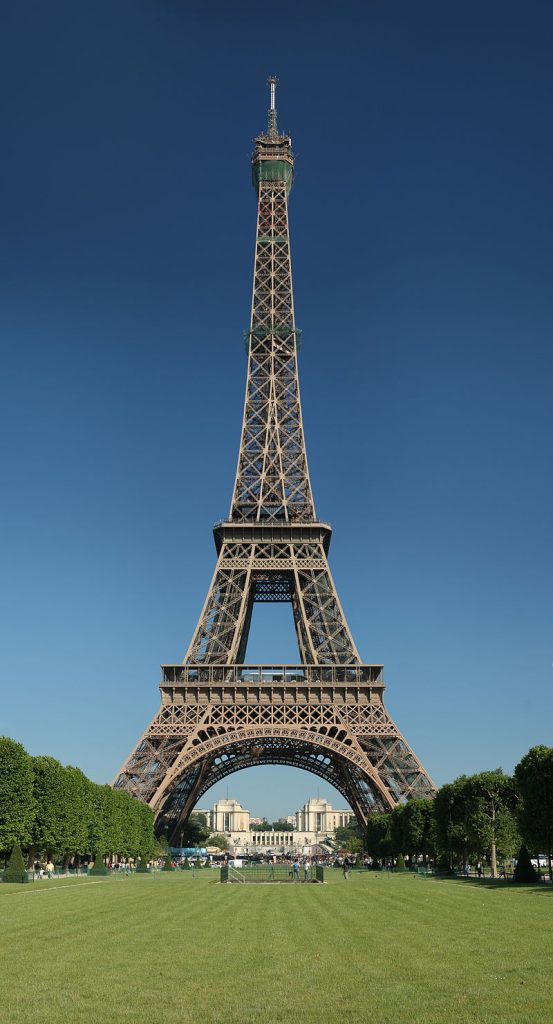
Eiffel Tower – Paris, France
Construction started on this gem in January 1887 and wrapped up in 1889 as the entrance to the World’s Fair – a celebration of the centennial of the French Revolution. The wrought iron tower is the tallest structure in Paris and the second tallest in France at 1,063 feet tall. It’s composed of more than 18,000 pieces joined together with about 2.5 million rivets. The tower is repainted every seven years with about 50-60 tons of paint to prevent rusting. It’s the most-visited paid monument in the world.
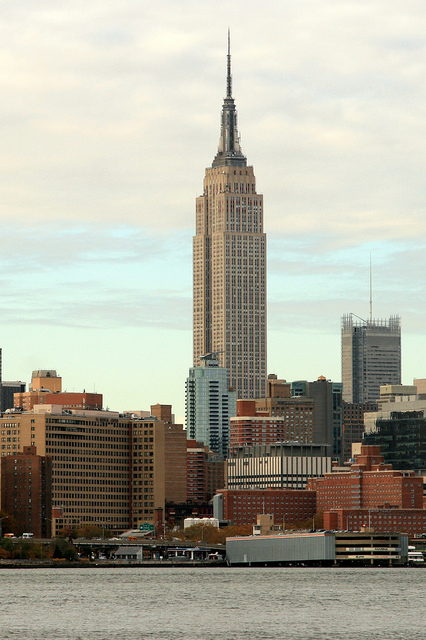
Empire State Building – New York, NY
The 102-story skyscraper stands at 1,454-feet tall, including the spire. Construction began in March 1930 and its name is derived from New York’s nickname – the Empire State. The building was the first in the world to contain more than 100 floors. It was the world’s tallest building upon completion in 1931, until the original World Trade Center North Tower was built in downtown Manhattan in 1970. It’s now the ninth-tallest skyscraper in the United States. One interesting fact is that the building alone has its own zip code. The structure cost $40 million to build (in the 1930s) and holds a number of designations. It was named one of the Seven Wonders of the Modern World by the American Society of Civil Engineers; it’s been named a landmark by the New York City Landmarks Preservation Commission; was named a National Historic Landmark in 1986; and it’s ranked No. 1 on AIA’s List of America’s Favorite Architecture.
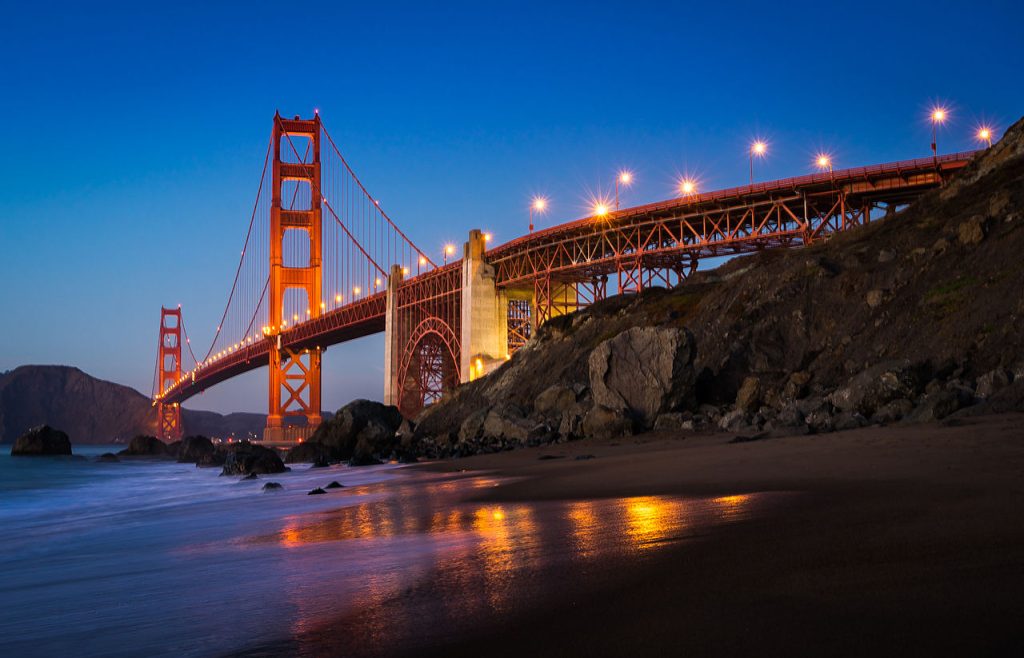
Golden Gate Bridge – San Francisco, CA
The famous suspension bridge spans the Golden Gate straight, a one-mile wide and three-mile long channel between the San Francisco Bay and the Pacific Ocean. It links San Francisco, CA to Marin County, CA. Construction started in January 1933 and it opened in May 1937. It was the longest suspension bridge in the world at 4,200 feet until 1964 when it was beaten out by the Verrazano-Narrows Bridge in New York, NY. Its famous orange color is officially called “international orange” and was chosen because of its complements to California’s surroundings and it enhances the bridge’s visibility during San Francisco’s heavy fog. A modern, movable barrier installed in 2015 allows the number of lanes for north and southbound traffic to change with traffic flow patterns. The American Society of Civil Engineers named it one of the Seven Wonders of the Modern World. With an average clearance above the water of 220 feet, unfortunately, it is the second-most used suicide site in the world.
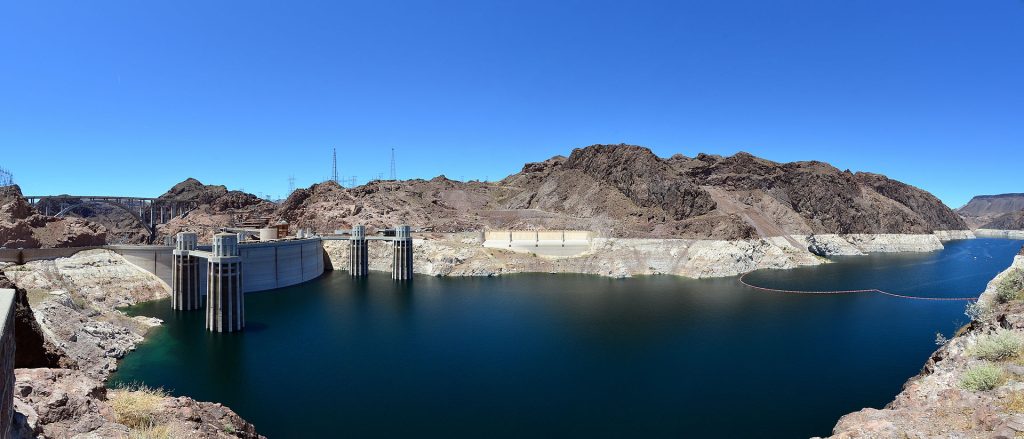
Hoover Dam – Nevada/Arizona border
Originally called Boulder Dam, this marvel was built between 1931 and 1936 in Black Canyon of the Colorado River. It impounds Lake Mead, the largest reservoir in the United States. Before construction began on the dam, the Colorado River had to be diverted through four diversion tunnels that were driven through the canyon’s walls. They measured 56 feet in diameter and their combined length was more than three miles. Many workers ascended on Las Vegas, NV and surrounding areas in the hope of working on the project, as it was built during the Great Depression and people were eager to work. There were about 3,000 people working on the project by 1932 and the workforce peaked at 5,251 people in 1934. During construction, more than 100 lives were lost due to heat exhaustion, drowning, and pneumonia. But most people died from being hit by falling objects before thousands of hard-boiled hats (now known as hard hats) were ordered. The dam’s generators now provide power for public and private utilities in Nevada, Arizona, and California.
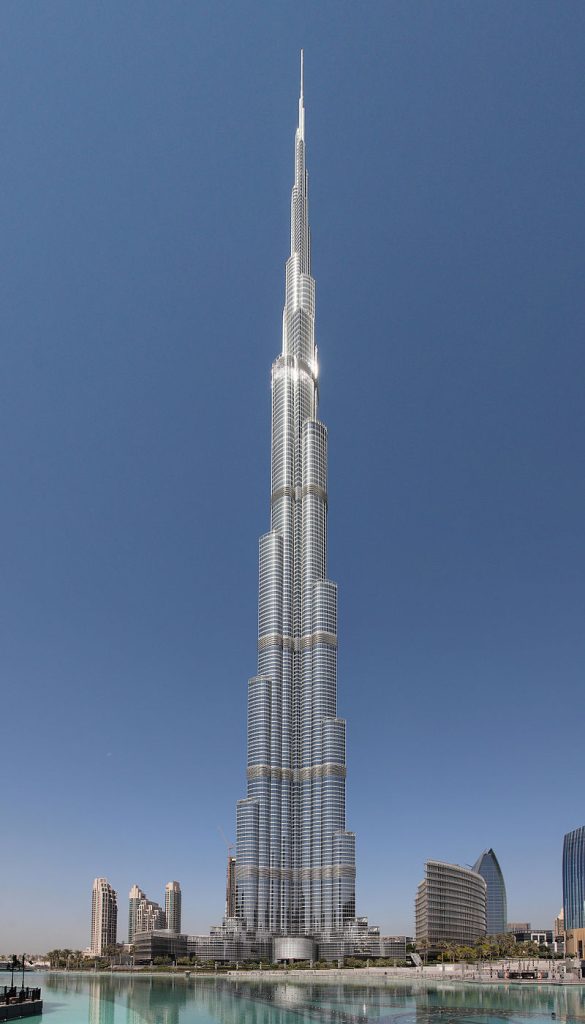
Burj Khalifa – Dubai, United Arab Emirates
This skyscraper is the tallest artificial structure in the world, standing at 2,722 feet. It holds a total of 18 records, including tallest skyscraper in the world, tallest artificial structure, most floors, highest observation deck, highest restaurant, and more. Construction began in January 2004 and was completed in 2009. It finally opened in 2010. It was named in honor of Abu Dhabi’s ruler and President of UAE Khalifa bin Zayed Al Nahyan. Because of its massive height and weight, it was built with a buttressed core structural system, which is a hexagonal core reinforced by three buttresses that form a Y shape, enabling the building to support itself laterally. The government wanted to diversify itself from an oil-based economy to one that is service and tourism-based, so it was designed as the centerpiece for a large, mixed-use development to include 30,000 homes, more than seven acres of parkland, 19 residential towers, the Dubai Mall, and a 30-acre man-made lake.

One World Trade Center – New York, NY
It is the new main building of the World Trade Center complex, with the same name as one of the Twin Towers there were destroyed during the 9/11 terrorist attacks. Proposals for reconstruction began almost immediately after the attacks. The final design was unveiled in June 2005 and construction started in April 2006. It opened in November 2014, costing approximately $3.9 billion. Its height, including the spire, is 1,776 feet tall, a reference to when the Declaration of Independence was signed. In April 2012, it edged out the Empire State Building as the tallest in New York City. With the spire, it’s the tallest skyscraper in the Western Hemisphere and seventh in the world. Because of the devastating attacks, a number of measures were taken to reinforce the structure from future incidents. It was built on a 185-foot tall concrete base to protect from ground-level attacks. Three-foot reinforced concrete walls were installed in stairwells, elevator shafts, risers, and sprinkler systems. There are also extra-wide stairwells and dedicated stairwells for use by emergency personnel. The windows that face West Street have specially tempered blast-resistant plastic.
*All info obtained from designated Wikipedia sites








